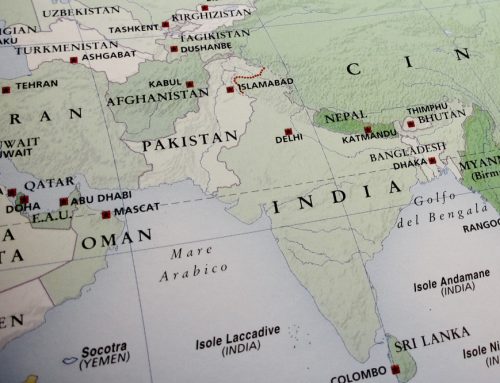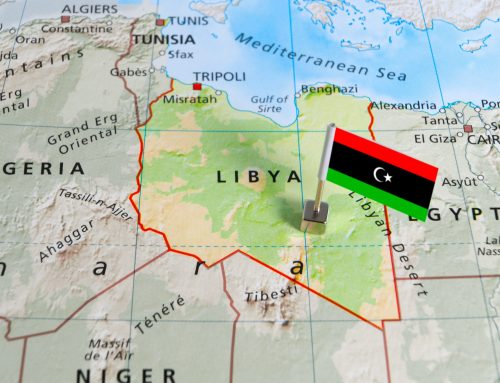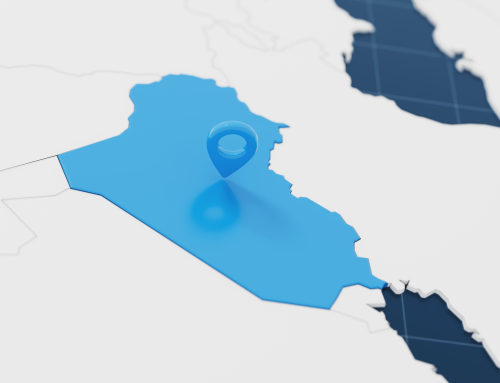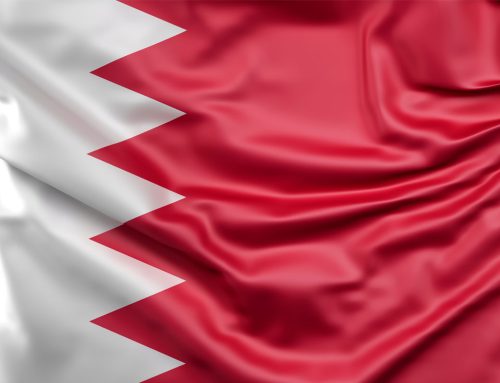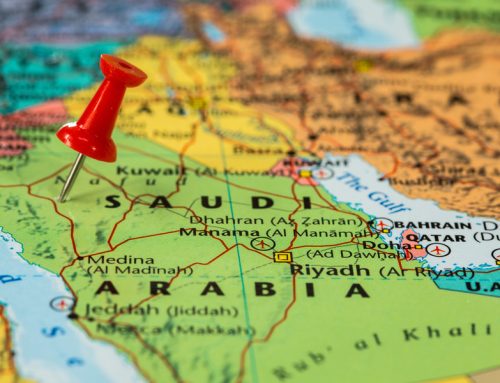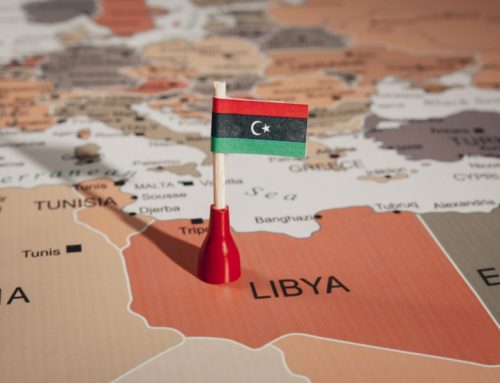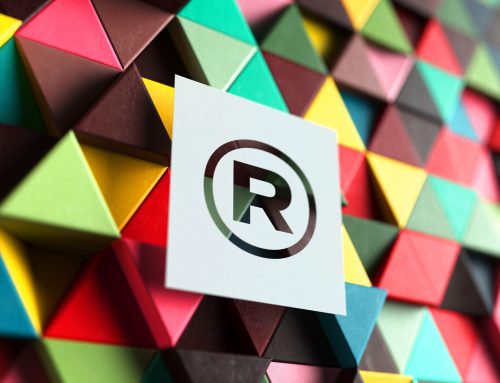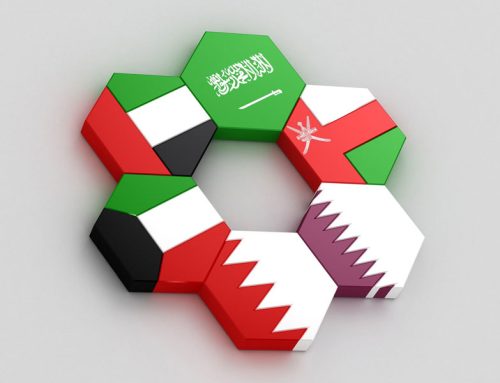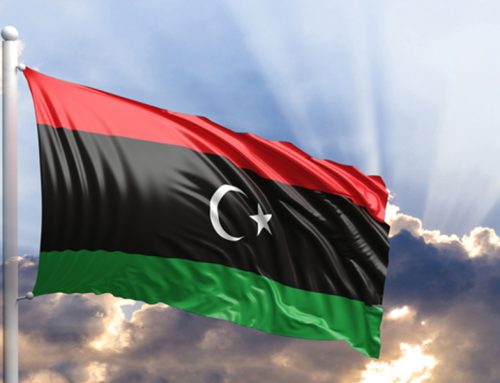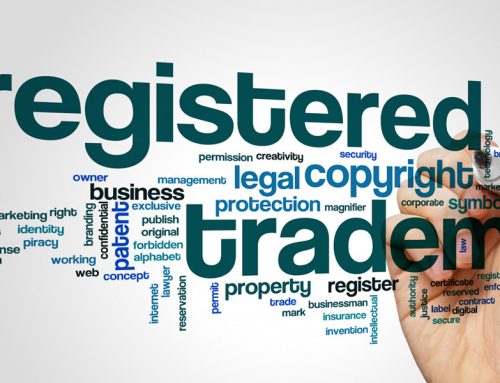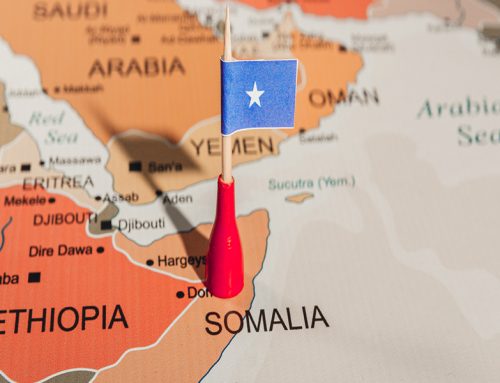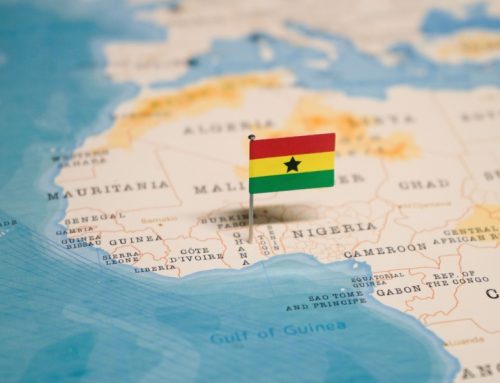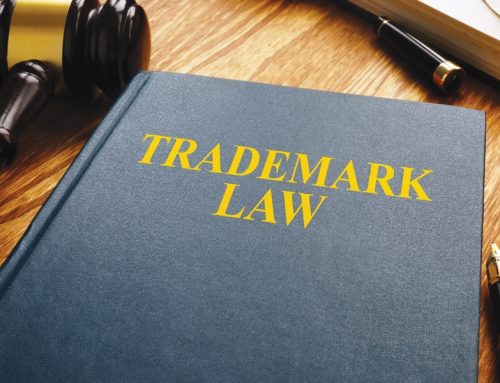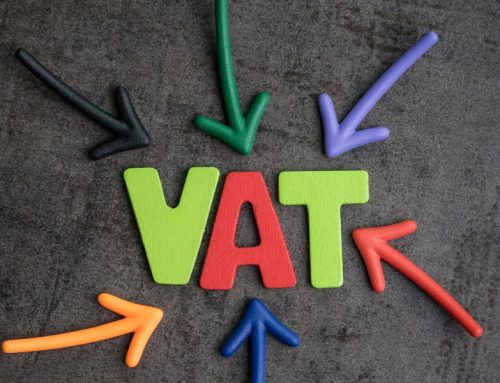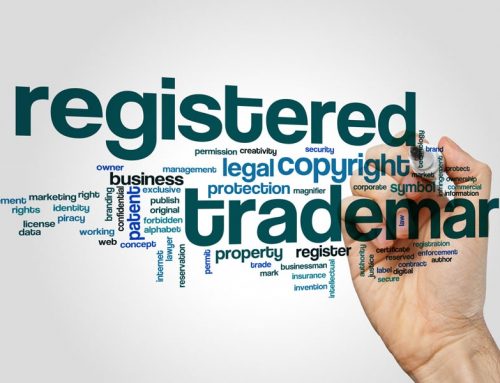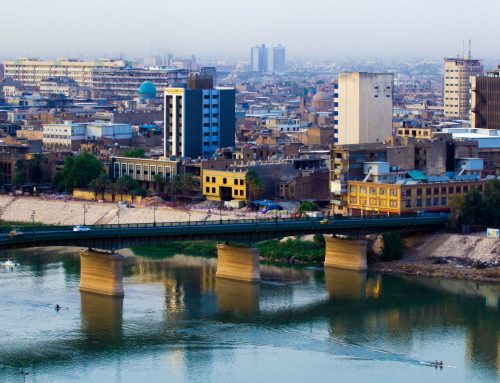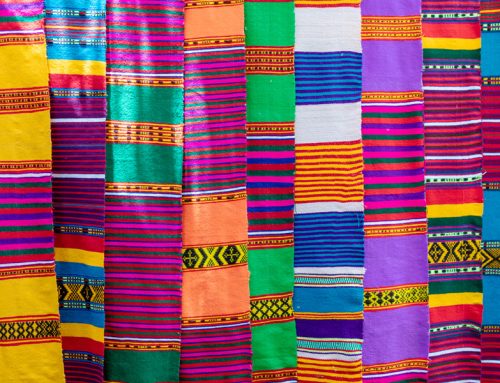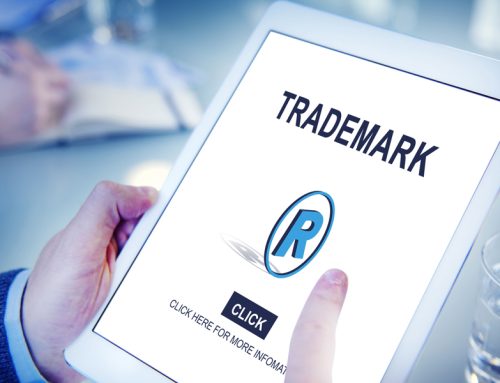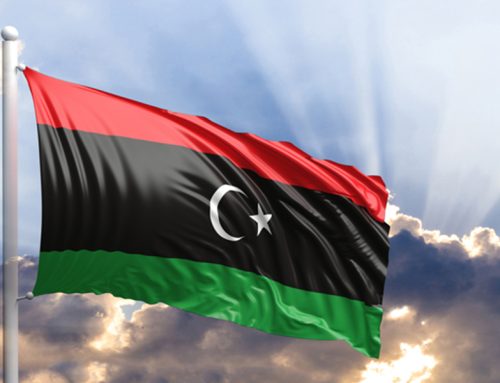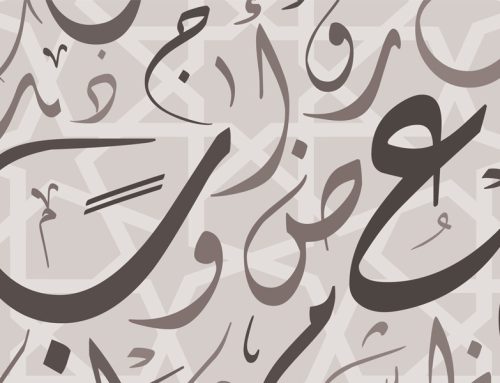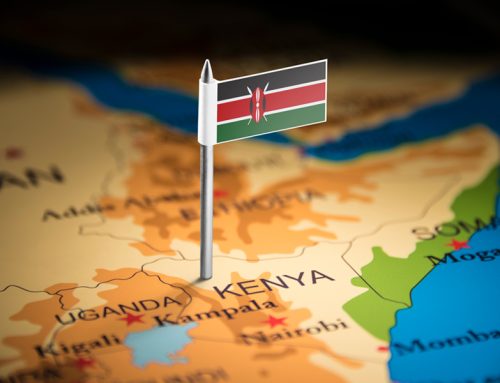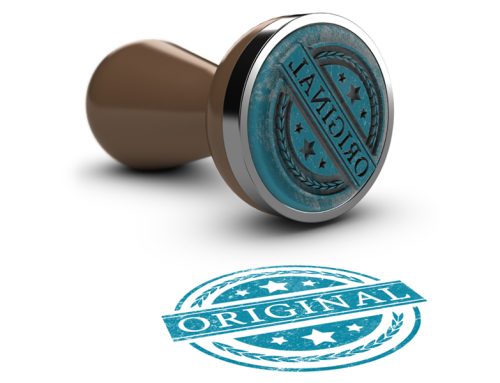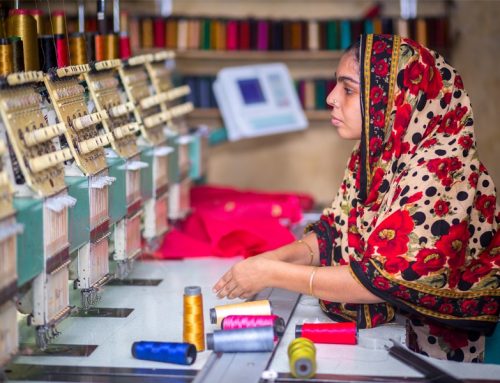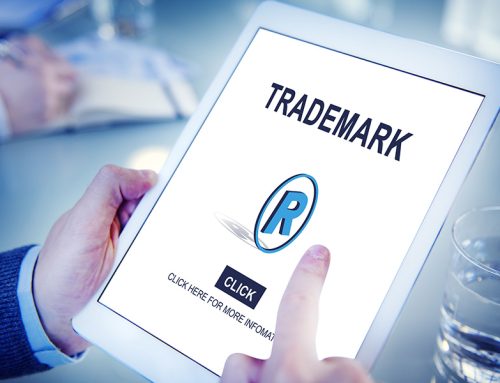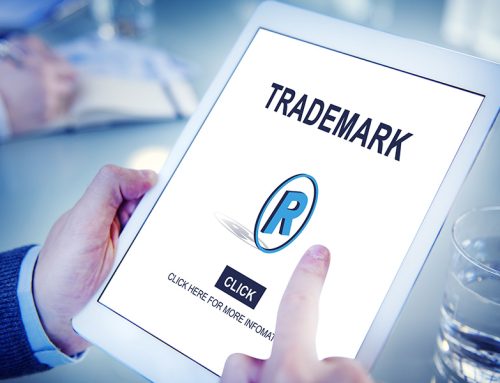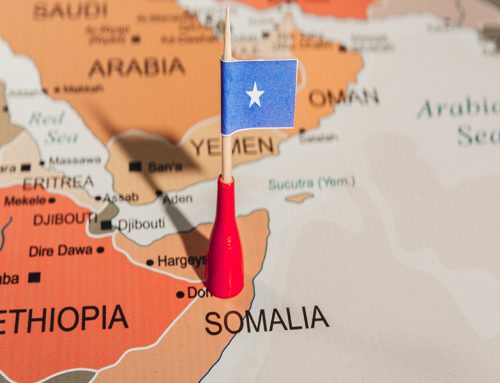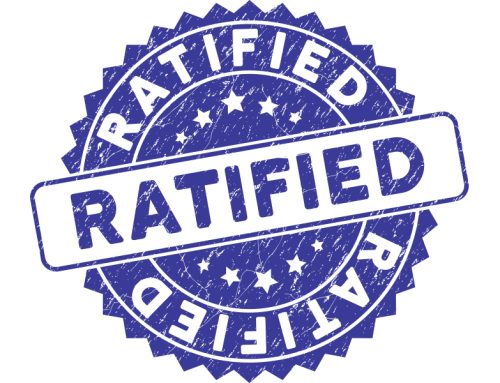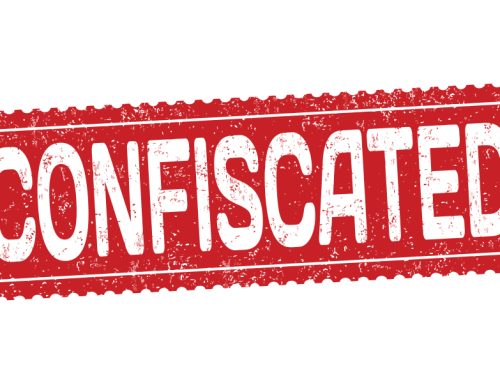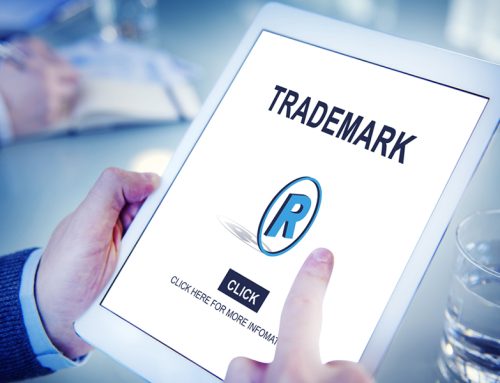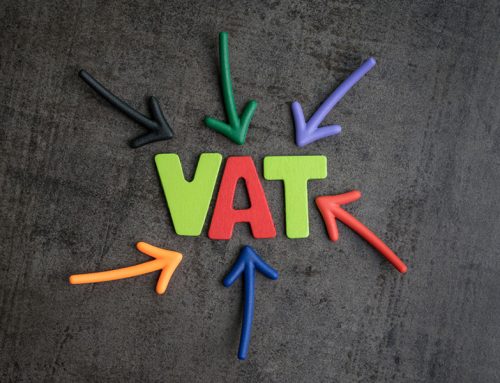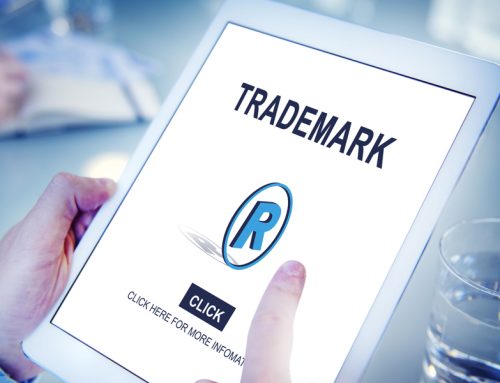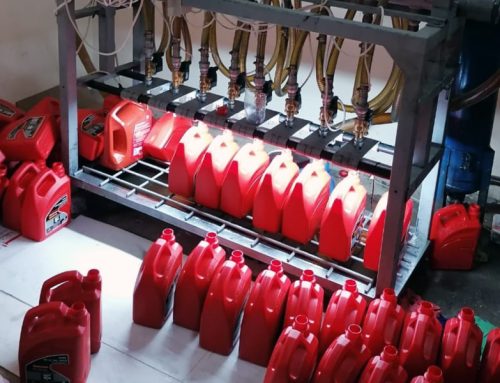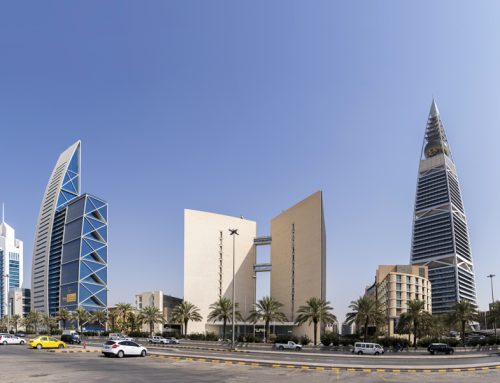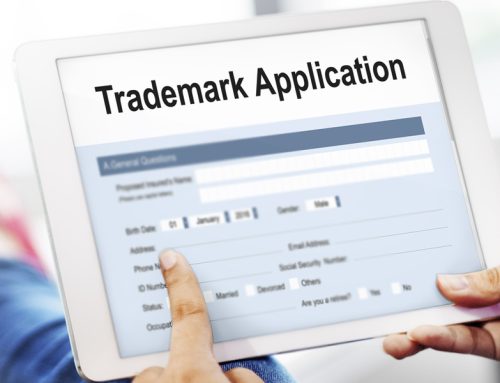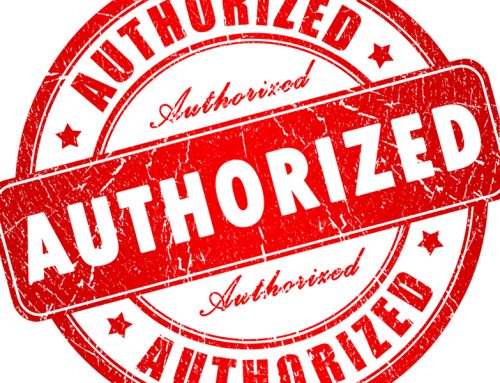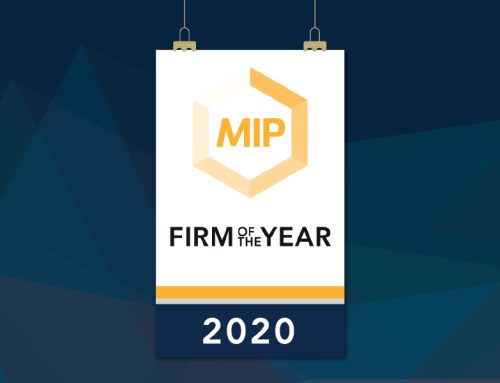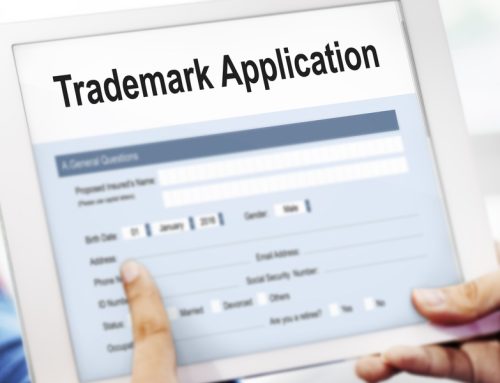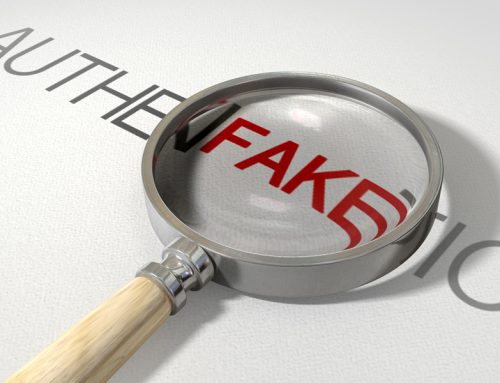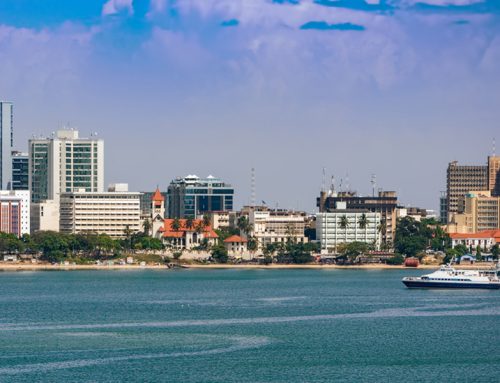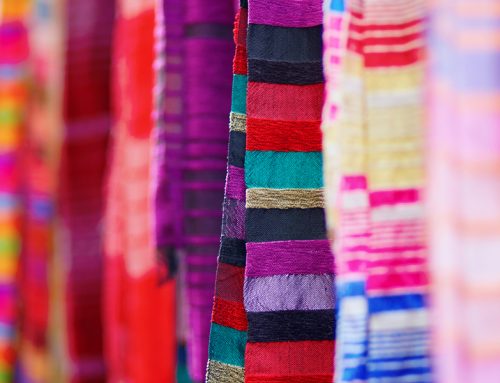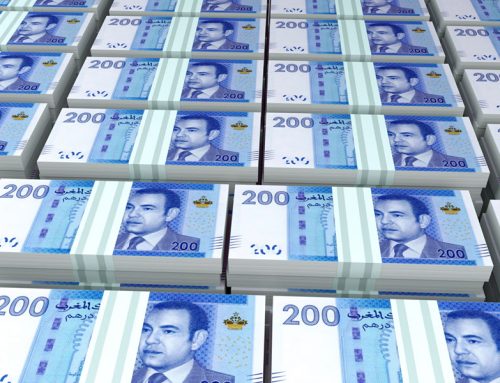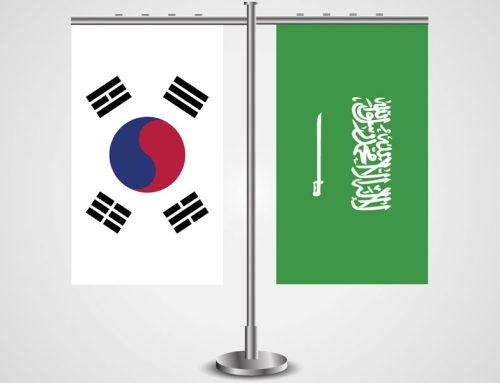Over the past few years trademark protection in the Middle East has become more attractive to brand owners worldwide. As demand for more comprehensive trademark protection goes up, it has become more and more important to consider issues of local language and culture when pondering trademark protection.
As is customary with national trademark legislation, trademark laws in the Arabic-speaking countries of the Middle East and North Africa traditionally provide for the protection of the transliteration of a registered mark without having to file a separate application for it. Thus, registering a trademark in any language in the Arab countries usually affords it automatic protection in its local script as well. This is in theory at least… Nevertheless, seeking trademark protection in local script becomes more relevant when looked at from a use perspective, especially when the mark in question is pronounced in a way that is not familiar to the local public and average consumer. If we take the trademark CHICO for example, this mark in Italian is pronounced KIKO. So whilst the owner of this trademark may enjoy protection for “تشيكو” (CHICO in Arabic) he is likely to face an adamant Registrar if he seeks protection for “كيكو” (KIKO in Arabic) if the same is already registered by a third party. In a second instance, trademarks written in non-Latin characters or trademarks written in a highly stylized form that is difficult to recognize by the local public also lend themselves to registration in local script.
Many Registrars examining a trademark application in local script make a decision on whether or not to accept it on the grounds of how registered marks phonetically similar to it are actually used in the local market. Similarly and even more importantly, when considering whether or not a trademark risks infringing on another, judges in national Courts looking into a trademark dispute often issue their verdict on the same grounds; i.e. how the subject marks are used in the local market.
Therefore, use can be important even in non-common law countries. But in many countries use is governed by local regulations or statutory requirements which regulate the language(s) in which the mark should be used. Regulatory requirements include resolutions and directives by the national FDAs, Ministries of Health or Trade, Consumer Protection laws as well as municipal or civic guidelines regulating the use of trademarks in advertising, print on packaging, publications, signboards, etc. Hence, of particular relevance and importance would be trademarks used with medicinal products in class 5 as they appear on drug packaging, marks for retail services in class 35, and marks used on signs of restaurants, hotels, banks, etc.
Below is a table which outlines the pertinent statutory requirements and regulations in the different Arab countries in the Middle East and North Africa governing the use of the Arabic rendition of a mark. You will note that many countries of this region have in place local regulations that call for the compulsory use of the Arabic script of a mark.
|
Country |
Should the signboards be in Arabic by law? |
Is registration in class 35 in Arabic advisable? |
|
Lebanon |
No |
No |
|
Bahrain |
No- can be in Arabic, Latin or a combination of both |
No |
|
Egypt |
Arabic and Latin |
Yes |
|
Jordan |
Yes- The mark in Latin can also be displayed along with the Arabic mark |
Yes |
|
UAE |
Yes- The mark in Latin can also be displayed along with the Arabic mark |
Yes |
|
Oman |
Yes- The mark in Latin can also be displayed along with the Arabic mark |
Yes |
|
Qatar |
Yes- The mark in Latin can also be displayed along with the Arabic mark |
Yes |
|
Kuwait |
No |
No |
|
Syria |
Yes |
Yes |
We can see from this table that for trademark owners having an interest in retail services in Egypt, Qatar, Saudi Arabia, and the UAE, and where their marks may be used on signboards, it becomes advisable to register the transliteration of their marks in local script in compliance with regulations calling for the use of Arabic on signboards in these countries. There is also similar regulatory language requirements for pharmaceutical packaging in almost all Arab countries by virtue of which trademarks used on pharmaceutical products should be bilingual with Arabic always being one of the languages used. This is specifically the case in Algeria, Egypt, Morocco, Qatar, Saudi Arabia, Tunisia, and the UAE.
Finally, the use of Arabic script is not without challenges, as certain consonants and vowels have no equivalent in the Arabic language. Common practice is either to substitute, for instance, the letter P with the next best option, which would be the Arabic letter pronounced B (e.g. Potato would then be transliterated in a way so as to read Botato) or to borrow letters from the Persian alphabet, closest to Arabic, and which would be widely understood by the Arab public.
In conclusion, registration and hence protection of trademarks in transliterated Arabic script, in addition to their original format, is advisable especially when a) the trademark in question can be transliterated in different phonetic renditions or comes in complex stylization that is difficult for the public to recognize; or b) there are local regulations and/or statutory requirements making the use of local script mandatory.
Should you have any questions, or require any additional information, please do not hesitate to contact us at info@sabaip.com.

